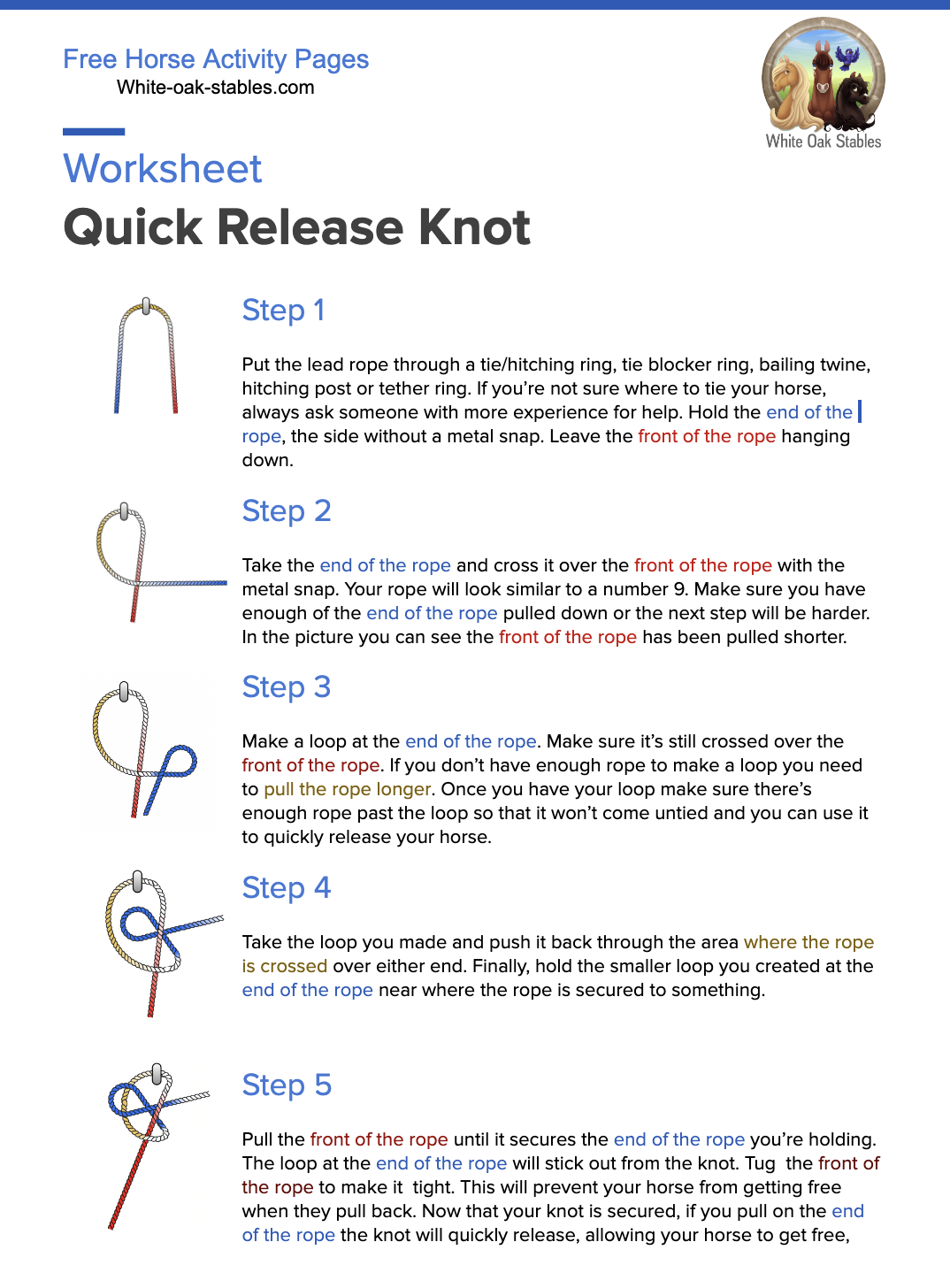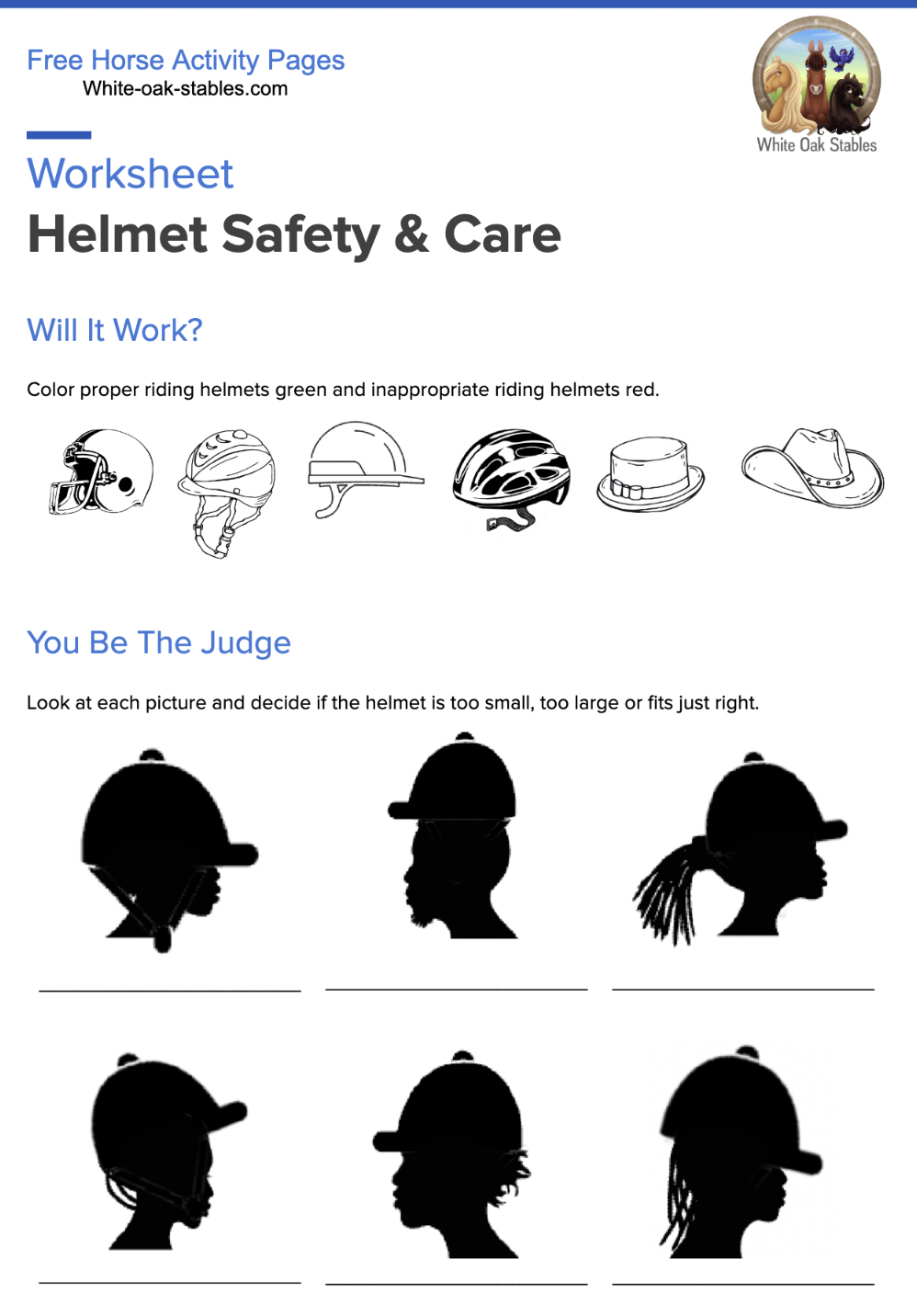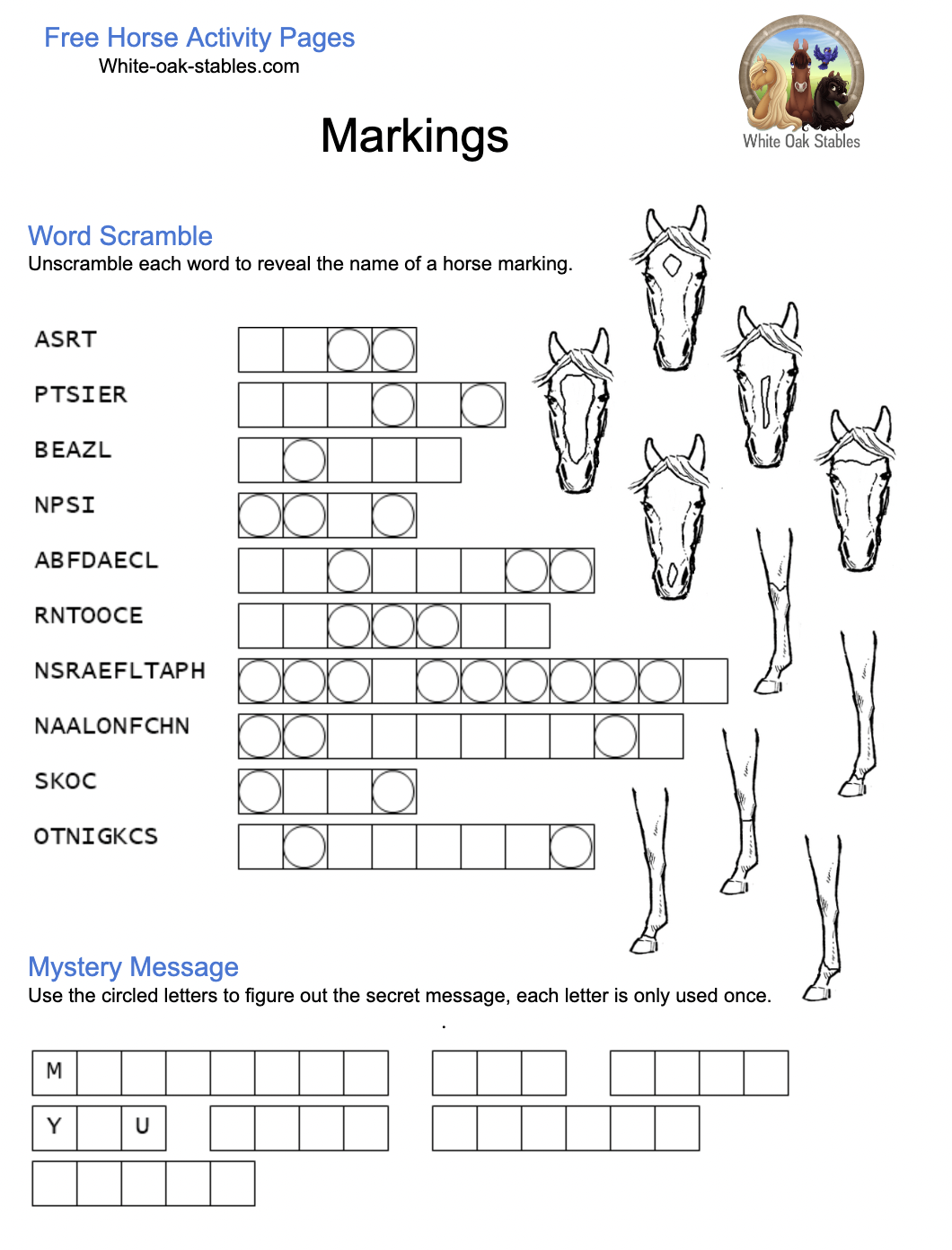Everyone at some point in their life runs into a task or situation that makes them feel uncomfortable and they lose confidence in themselves. Let’s look at ways we can identify, address and then boost our confidence.
Identification
In order to boost your confidence you first need to address what makes you feel uncomfortable, scared or just not confident in yourself. Sometimes a lack of confidence is actually a lack of education or skill, low self-esteem or fear. Any of these can cause you discomfort even though they are completely different problems. Take a minute to think about what causes you discomfort and uneasiness to the point that you’ve lost confidence in yourself. Write them down on a piece of paper. Now look at each of the things you wrote down. What is it specifically about these things that you’re unsure about? For instance, if you wrote down posting trot, what exactly about the trot makes you uncomfortable? Is it the starting transition, the motion of going up and down, the horse’s forwards movement, your balance in the saddle, or transitioning from the trot back to the walk? It could be just one of these things or it could be all of these things but it’s important to pinpoint what exactly is causing you discomfort.
Address The Source
Now that you’ve figured out what exactly is causing you unease you need to classify it. It is a fear of the task/action, low self esteem, lack of skill or a knowledge that causes you unease? Depending on which category you select for each thing that makes you uncomfortable you’ll do different things to address it:
Lack of Knowledge
It’s never wrong to ask a question and no question is stupid no matter what it is. If you don’t understand what’s being asked of you and how to accomplish it then you shouldn’t be ashamed to look for the knowledge you need in order to understand what’s being asked of you. There are several ways to increase you knowledge by searching online, reading and researching, or asking a qualified professional. Once you’ve acquired the knowledge make sure you apply it or you’re more likely to forget what you learned.
Lack of Skill
Practice, practice, practice. If you feel like you’re not skilled enough to complete a task then you need to repeat the task until it becomes second nature like breathing. The hardest thing about practice is that if you practice doing something wrong then you may still lack the skill you need to accomplish the task. Jane Savoie, an olympic dressage coach has a saying that I love and it’s that practice doesn’t make perfect — only perfect practice makes perfect. If you do something wrong 100 times then even though you’ve done it 100 times all you’ve learned is how to perfectly do it wrong. Of course I’m sure you see the problem here, how do you practice something perfectly if you don’t have the skills required to do it perfectly yet? The answer is visualization. When you visualize something it’s not much different to your brain than if you were physically doing the task you’re visualizing. Using visualization exercises you can perfectly practice a skill and train your brain to accomplish that task as if you were actually doing it.
Low Self-Esteem
Sometimes it isn’t fear or lack of skill or even lack of knowledge that drives confidence issues. If you see yourself as not being worthy or unable to complete a task it creates a mental stumbling block in your head. I like to tell people, whether you think you can or you think you can’t, either way you’re right. Believing in yourself requires a love and respect and high opinion of yourself. To strengthen your self esteem I recommend smiling, positive thinking and self-reflection exercises. When you smile you send chemicals to your brain that trigger pleasure sensors and cause good feelings. Positive thinking will deter and squash negative feelings and thoughts you have about yourself. Self-reflection will help you understand who you are and learn to embrace it rather than being ashamed or embarrassed about it. All of these combined are great self-esteem boosters as you change your own internal thoughts and feelings about yourself and what you can accomplish.
Fear
It’s really hard to be confident in yourself when you’re afraid of something. The best way to overcome your fears is to find your tolerance threshold and then start inching your way past it. For example, let’s say you’re afraid of jumping a horse. Now let’s say you’re okay with walking up to the jump but you stop 3 feet away from it because you’re afraid of going any closer. This is your tolerance threshold. Even though you’re afraid of the jump you’re actually not scared of it until you’re exactly 3 feet away. In order to overcome your fear you’ll need to work on relaxation exercises and then start setting small, easy to achieve goals. For instance, even though you’ve stopped 3 feet away from the jump are you okay with taking just one step towards the jump? If the answer is no, how about leaning your body forwards towards the jump? If the answer is still no, how about getting off the horse and, from the ground, leading the horse one step closer? Once you find your tolerance threshold you can create these small, easy to accomplish goals that will push you past the edge of your threshold without sending you into a blind panic or anxiety attack. Over time, as you become more comfortable pushing your tolerance threshold closer and closer to the jump you’ll find yourself jumping before you know it!
Confidence Building Exercises
Here are some exercises you can use to increase your confidence level by addressing one of the underlying issues at the source of your uneasiness.
Power Posing
Think about how one thing you wrote down that make you uneasy. Now sit down in a chair. Now make yourself as big as you can by sitting up tall, lifting your chest, spreading your arms wide and then putting them behind your head and sitting with your legs as wide apart as the chair will allow. Sit this way for two minutes. Now stand up. Make yourself as big as you can in your standing stance by keeping your arms away from your body (they can be out straight or hanging down just keep them away from your sides) and your legs wide almost like an X. Keep your head up and push your chest out and your shoulders back. Stand this way for two minutes. Now think about that same thing you did when you first started. How does it make you feel? Do you feel more confident in yourself? If the answer is no sit back down in the chair and repeat the exercises. If the answer is yes think about a different thing you wrote down and start the exercise again. Repeat until you’ve gone through your entire list.
Visualization
This is a powerful way to experience something without physically doing it. Pick the top item on your list and now visualize yourself completing that action from start to finish. Let’s go back to our trotting example. Let’s say you have trouble getting the right diagonal. Close your eyes and imagine yourself outside the barn.
Smell the horses and the grass and feel the sun and wind on your face. Approach the barn and go inside. Hear the horse’s neighing and shifting and moving about. Find your horse and start grooming and tacking it up. Lead it down to the arena and mount up. Now think about how you’d walk around and check your girth and stirrups. Now you’re ready to start trotting. Take a deep breath and then run down your mental checklist as you prepare to trot. Do you have your hands on the reins properly, are they pushed forwards on the neck, are your fingers closed? Now evaluate your position, are you sitting up with a straight line from your head to your hip to your heel? Are your heels down? Now think about your aids, what signals are you going to give to ask your horse to trot. Now coordinating these aids and ask for your trot. Your horse listens to you and transitions into a smooth trot. You automatically start posting on the right diagonal as you look straight ahead and keep your weight in your heels and your hands down by the neck. You take several trips around the arena and then you reverse direction and go the other way. Finally you pull your reins and ask your horse to halt, smile, and rub his neck to tell him he’s a good boy.
Now open your eyes. Your visualization is complete and you haven’t set a foot in the barn or even touched a horse and yet you just completed a light warm up in your mind. Nothing went wrong and everything was calm and peaceful and relaxed and your horse was perfect. This sense of achievement, confidence and ease will translate into your actual ride on the horse the next time.
Smiling
When you smile you send chemicals to your brain that invoke feelings of pleasure. When you find that you’re feeling unsure of yourself or down or scared stop for a minute and smile. Force it if you have to. Tell yourself everything is okay and that you’re going to be okay and have an awesome time. These positive reinforcements combined with the act of smiling will actually trick your brain to believing what you’re saying even if you don’t feel that way initially. After all, you can’t be uneasy and nervous when your brain is suddenly getting nice, peaceful pleasure signals. This is a “fake it until you make it” philosophy that counteracts what you might be thinking with what your brain is experiencing.
Positive thinking
Put a positive spin on everything on your list. Instead of hating to trot you’re going to LOVE to trot! Instead of despising jumping you’re going to live and breath for jumping because you’re so passionate about it. This doesn’t mean you have to actually do the tasks or things that you’re not confident about but you’re going to think about them in the complete opposite way that you were thinking about them before. This uses the same “fake it until you make it” philosophy that the above smiling exercises do. Keep telling yourself something even if it’s not true to begin with and you’ll start believing that it is and then it becomes so.
Changing negative thinking
Remove negative words from your vocabulary, especially when you talk about something that you feel uneasy about. By negative words I mean things like no, cannot, don’t, will not, haven’t, can’t, etc. When you talk about trotting this means something like “I can’t keep my balance when I post” becomes “I have difficulty keeping my balance when I post”. Difficulty implies a task that is hard to do but will get better over time with practice while can’t implies that you will never be able to overcome the hardship. Another example is “I don’t have a problem jumping”. Now this one is less obvious as negative thinking however your brain doesn’t understand things like “I don’t have” or “I didn’t need” or “I wouldn’t do it”. Your brain is wired in a way that it has a hard time processing these negative statements and these phrases are processed as “I have” or “I need” or “I do it”. So when you say “I don’t have a problem jumping” your brain is actually processing that as “I have a problem jumping”. So how do you change this kind of thinking? Instead try something like “I have mastered jumping” or “I am jumping well” or “I am great at jumping” which are all positive thinking.
Small Goal Setting
Look at your list and then for each item you have on it I want you to write down many, small easy to accomplish goals that will help you achieve the task at hand. For instance, if one of your confidence issues is the upwards trot transition your first goal would be something like, practice walking and halting transitions. When you’ve mastered that your next goal could be practice walking and half-halting transitions. Your goal after that could be practice walking and halting transitions at a post because yes you can post even if you’re not trotting! Then after that you might try doing walking and half-halting transitions at a post. When you’ve accomplished that your next goal could be practice walking/halting transitions in jumping position and then walking/half-halting transitions in jumping position. Finally, after you’ve successfully completed all of those smaller easier goals you may try going from a walk to asking for one step of a sitting trot. Slowly build up your goals at a pace in which you feel comfortable and that you make you uneasy and before you know it you’ll be going from a walk/trot transition like it was second nature.
Relaxation and Breathing
We carry a lot of tension in our bodies and sometimes our uneasiness and this tension translates to our horses in a way that’s detrimental. Learning to relax and to breathe can help you be a less tense rider which will also encourage your horse to be less tense. Pick an item on your list and think about that item. Now I want you to tense all the muscles in your body as hard as you can. Tense your neck and your shoulders and your back and your stomach and arms, your hips and your legs and your fingers and your feet — even your face. Tense up all your muscles as you think about what makes you uneasy and hold those muscles as tight as you can for 10 seconds and then stop tensing. Do you feel lighter, do you feel calmer and more relaxed? If the answer is no try again. If you’re still having trouble you can also try this exercise and isolate parts of your body as you do it (ie just tense your neck and then relax then tense your neck then relax again and then move on to your shoulders). You should find that the tension in your body that you didn’t know you had is slowly dissipating and by thinking about the item on your list you’ve associated this relaxation with what was before making you feel uneasy. Now repeat the exercise but this time instead of tensing I want you to slow your breathing by taking long, slow, deep breaths. This has the similar effect that tensing your muscles does and will help you breathe deeper and easier when you face that task the next time.
Being Present
This is a harder technique but it’s also a really good one. Being present means that you learn to tune out all the thoughts floating around in your head and only focus on what’s happening right now, not what could happen or what did happen. So if your horse is walking it’s thinking about which foot is going up right now and then which foot is touching the ground right now and what your leg and hands and body are doing right now. Focusing on the now instead of the what was or what could be will ease your nerves and keep you more focused on the task at hand. When you can tune out all the other things you’ll find that your confidence goes up because everything you complete in the now is an achievement no matter how small. The horse taking a step forward, your hands pulling the reins towards your belly button, your legs squeezing to ask for a transition, each of these becomes a distinct task that you’ve successfully achieved.
Self-Reflection
Some people like to do this in the mirror but other people don’t so this is up to your own personal preference. Take one of the items on your list and examine it in your mind. What you do and don’t like about it. Why? How can you change what you think and feel about it? Is what you’re thinking about it rational? Why or why not? You’re going to analyze what it is about this that makes you uneasy. Come to terms with it and accept yourself for who you are. Don’t be ashamed or embarrassed to be who and what you are. Now look at yourself in the mirror (if you have one) and say out-loud, “I can do it, I can do it, I can do it.” Now say, “I will do it, I will do it, I will do it.” Finally try, “I did it, I did it, I did it!” Coming to accept who you are will help you come to decisions about yourself and your lifestyle that will boost your confidence immensely because you can feel comfortable and free to be yourself.




